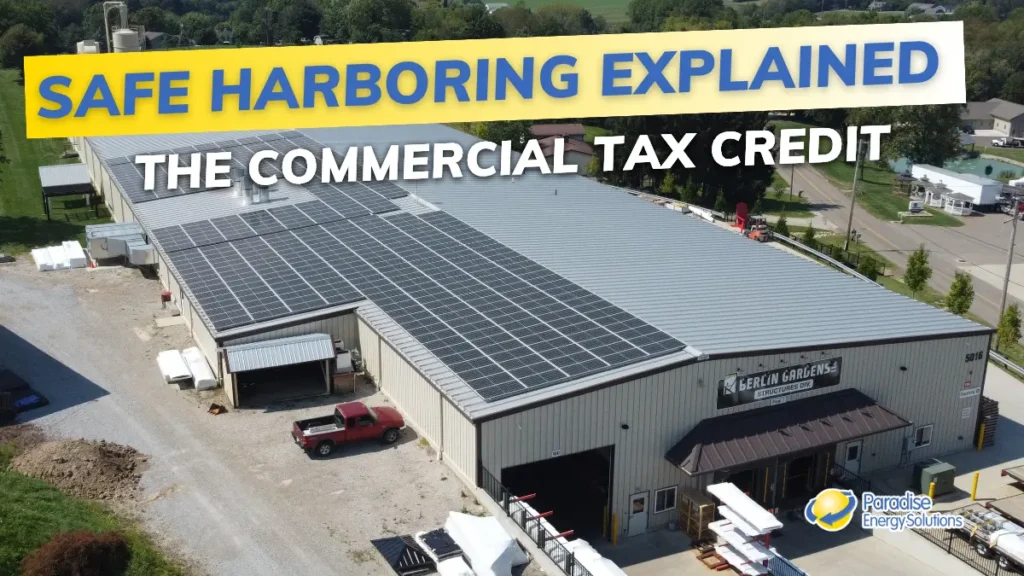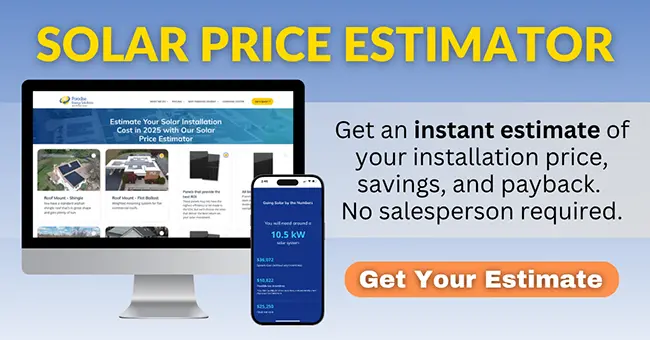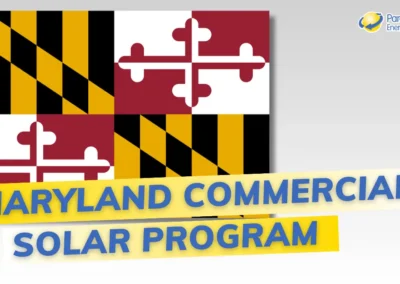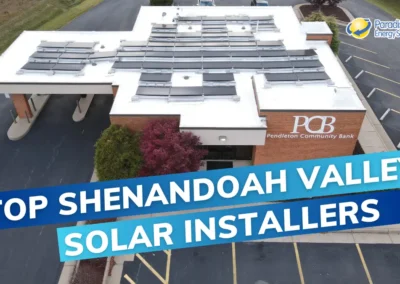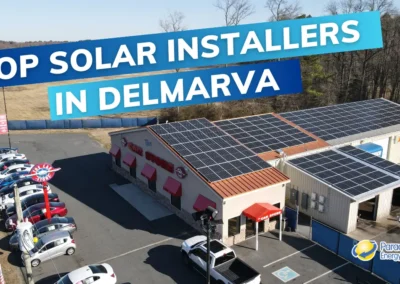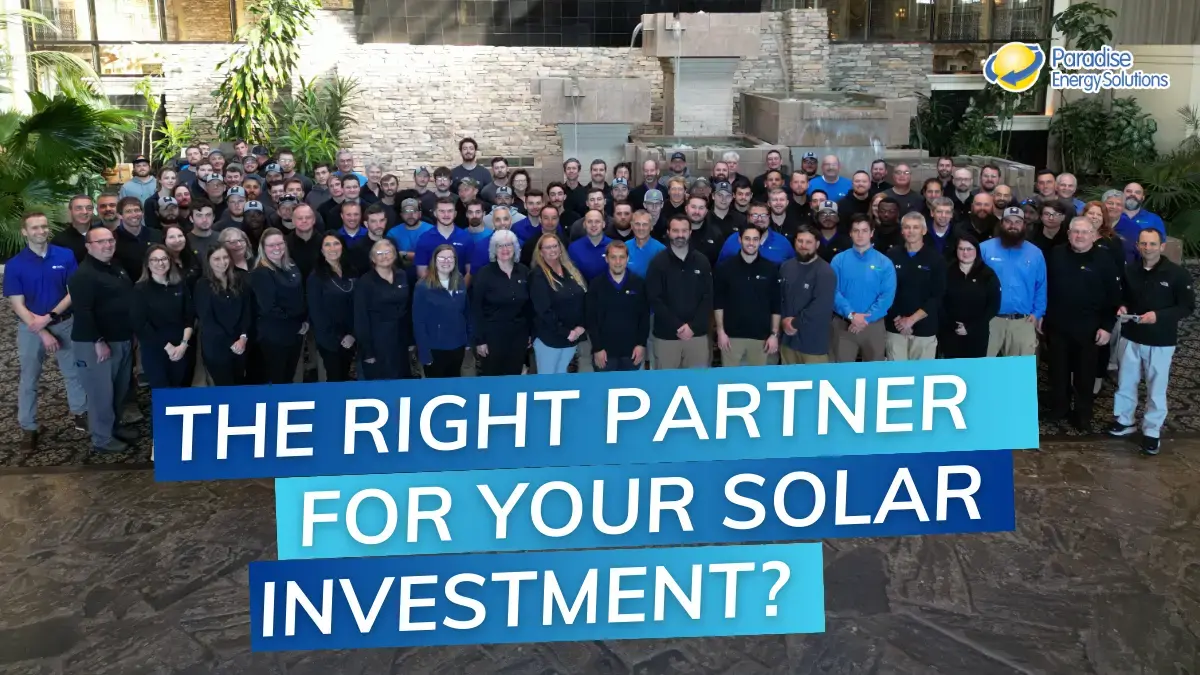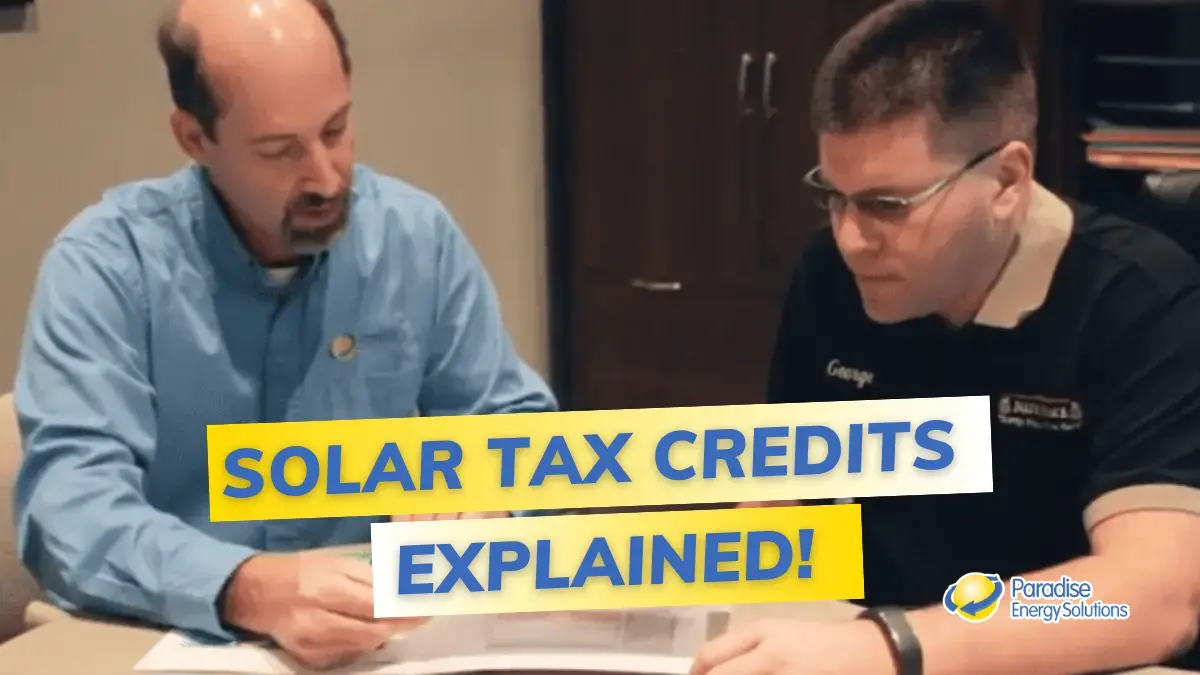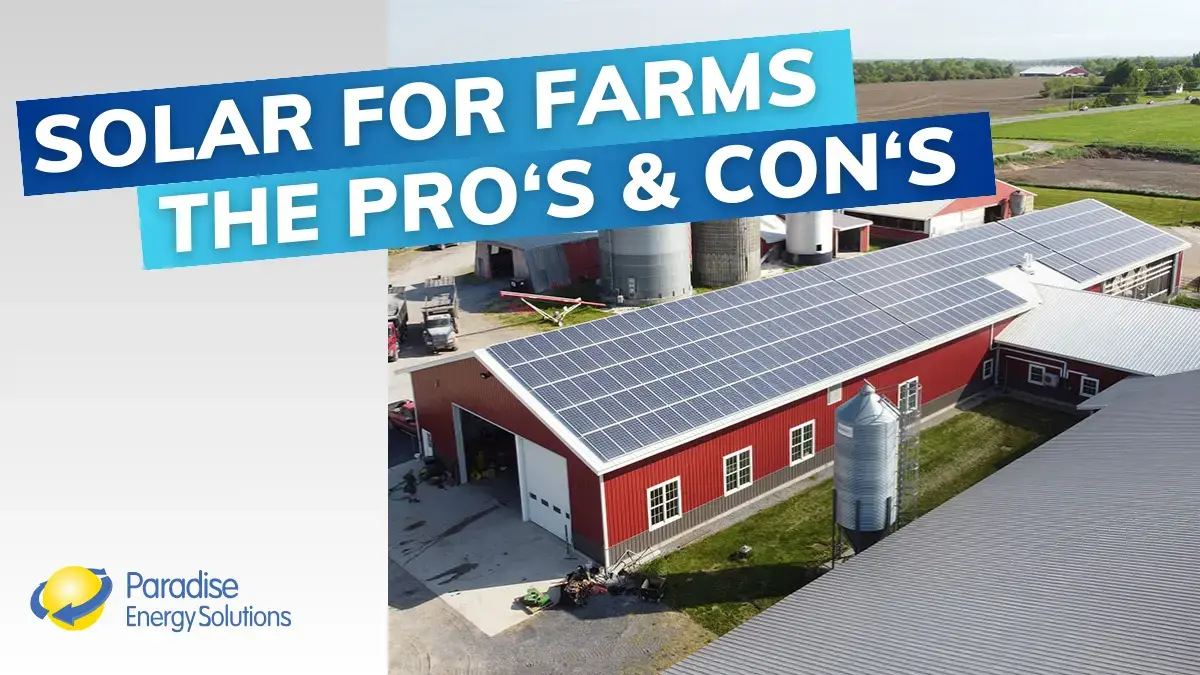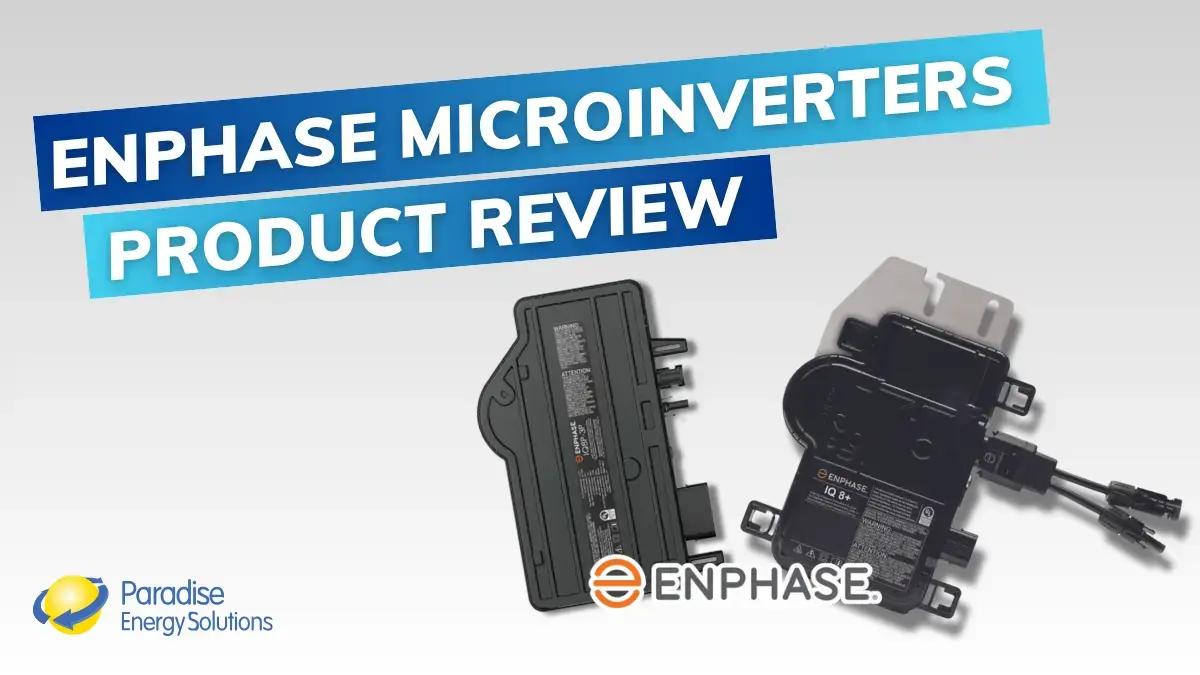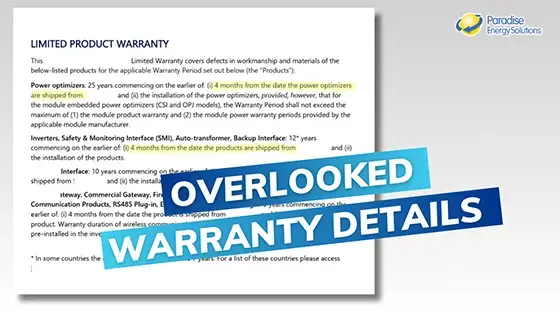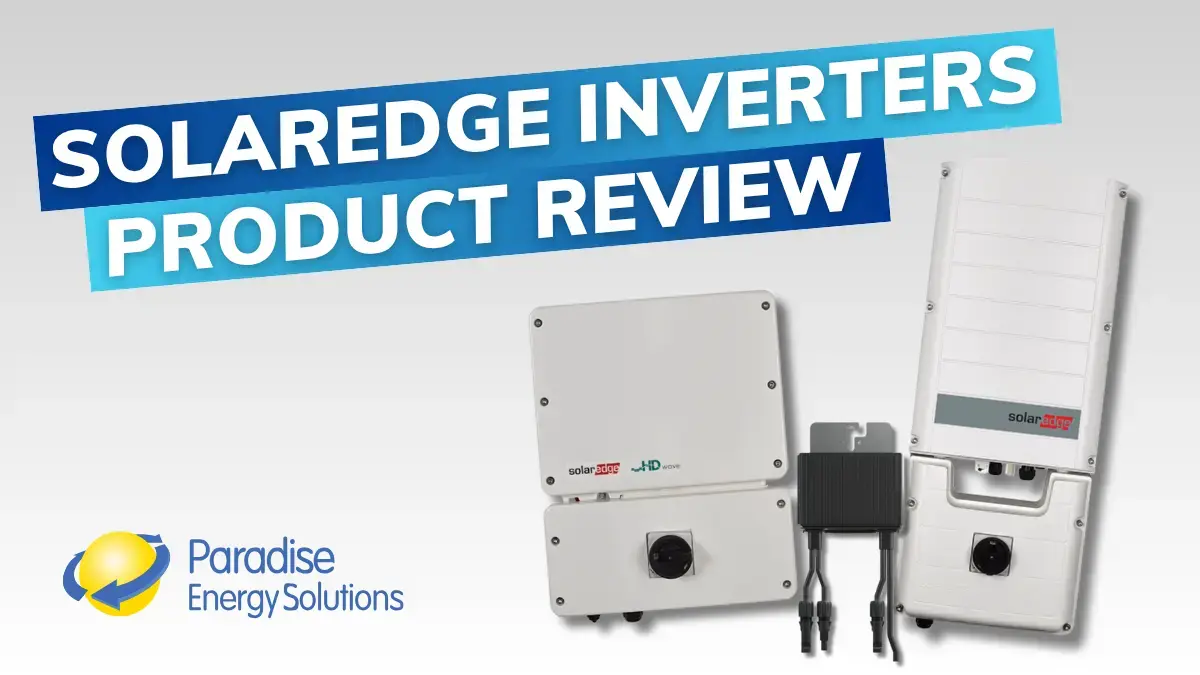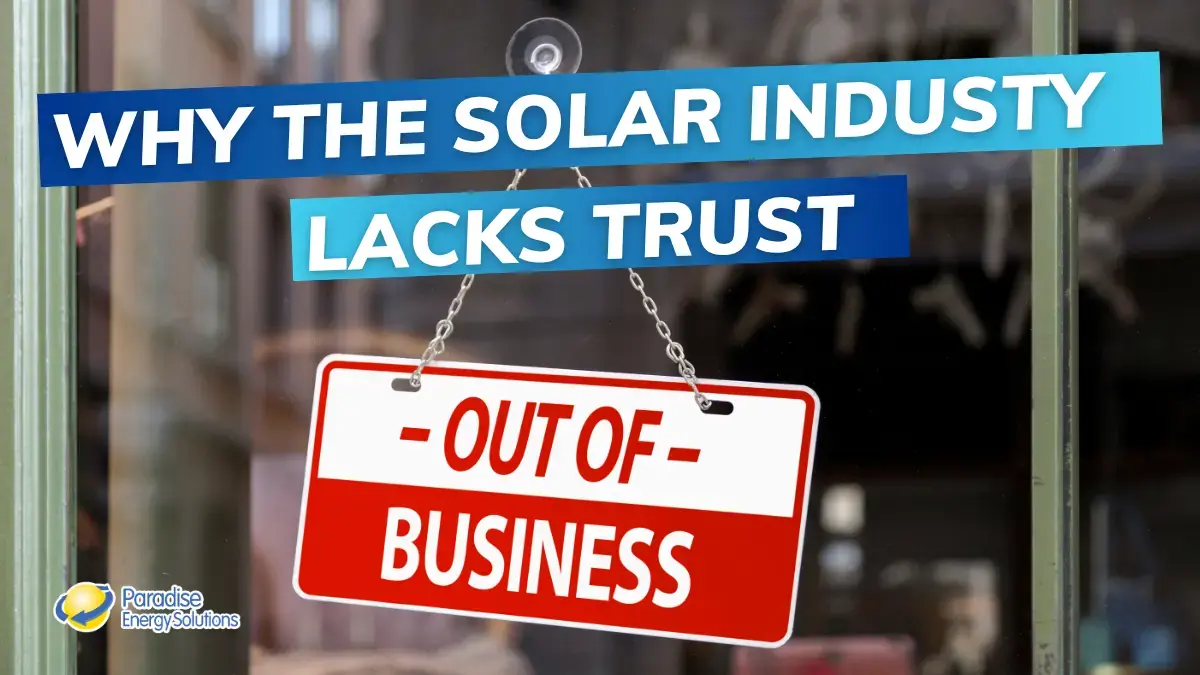A major change is coming for commercial solar projects — and it could determine whether your company qualifies for the federal 30% Investment Tax Credit (ITC) for solar or loses it entirely.
Starting January 1, 2026, new Foreign Entity of Concern (FEOC) rules take effect. These rules are designed to restrict the use of solar hardware linked to countries like China, North Korea, Russia, and Iran — but they also introduce supply challenges, rising costs, and compliance uncertainty that could derail projects not yet protected by Safe Harbor.
Understanding the FEOC Requirements
FEOC stands for Foreign Entity of Concern, and it’s aimed at reducing U.S. dependence on adversarial nations for critical solar components.
The rule bans hardware and subcomponents connected to China, North Korea, Russia, and Iran, including companies with ownership or control ties to these countries.
What’s Known So Far
- FEOC requirements take effect on January 1, 2026.
- They will likely increase project costs and limit hardware availability.
- The Treasury Department is expected to release additional details within the next 12 months.
- Hardware supply that meets FEOC standards will very likely fall short of demand, leading to higher prices and longer lead times.
If your solar project uses hardware that fails to meet FEOC requirements, you will lose your entire tax credit, not just a portion of it.
FEOC vs. Domestic Content – What’s the Difference?
FEOC and domestic content requirements are often confused, but have very different meanings/requirements:
- Domestic Content focuses on where the equipment and parts are made. Meeting these requirements will qualify you for an additional 10% tax credit adder.
- FEOC focuses on who owns or controls the manufacturer and where their supply chain originates.
A product might qualify for Domestic Content but still fail FEOC compliance if any ownership or component connection traces back to one of the four restricted countries.
The Risk for Businesses That Wait
Simply signing a contract before the end of 2025 does not protect you from FEOC rules. If you don’t comply with Safe Harbor, you’ll be subject to the new requirements.
Here’s what’s at stake:
- Lost eligibility for the federal tax credit
- Higher hardware prices as FEOC-compliant materials could grow scarce
- Installation delays due to supply shortages and utility backlogs
With the uncertainty about which components will qualify and how deep enforcement will reach into the supply chain, waiting to start your project could mean paying more or not qualifying for your tax credit at all.
Safe Harbor: Protection from the FEOC Risk
Safe Harboring is the proven way to lock in your solar tax credit now and protect your project from future FEOC restrictions.
It’s been part of the Investment Tax Credit structure for years and allows you to “beat the deadline” while giving you up to four years to complete your installation.
When you Safe Harbor in 2025, your project is protected until the end of 2029. If you wait until 2026, that extends to 2030, but by then, FEOC rules will already be in force.
This four-year window gives you flexibility to plan your project timeline while protecting your eligibility for the federal tax credit.
Two Ways to Safe Harbor Your Project
There are two approved IRS methods for Safe Harboring a commercial solar project that is 1.5 MW AC or smaller:
1. The Physical Work Test
Begin construction before the deadline and maintain continuous progress. This is harder to document and less commonly used.
2. The 5% Rule (Recommended)
Spend at least 5% of your total project cost on qualified hardware before December 31, 2025, and take or expect delivery within 105 days. Paradise Energy recommends a 7% deposit to account for potential cost increases before your installation that could otherwise invalidate your Safe Harbor.
Projects larger than 1.5 MW AC must begin physical work to qualify.
How Paradise Energy’s Safe Harbor Process Works
- Sign your contract and submit a 7% Safe Harbor payment.
- Paradise Energy orders your qualifying hardware immediately.
- Hardware is delivered to your site within 105 days to satisfy IRS requirements.
- Your project is now protected from FEOC restrictions and eligible for the 30+% tax credit.
- You have up to four years to complete the installation without losing eligibility.
Start Now to Protect Your Bottom Line
If you’ve already been in contact with Paradise Energy, reach out to your solar consultant today to start the Safe Harbor process. If not, request a quote to get started.
We recommend acting immediately. Ideally, before the end of November 2025, to provide adequate time for your project to meet all requirements and avoid supply constraints before the end of the year.
Frequently Asked Questions
HOW URGENT IS IT TO MAKE A DECISION ON THIS?
Very. The most common way to safe harbor is the 5% method, which requires purchasing at least 5% of your project’s total cost in hardware (Paradise Energy requires 7% to protect against unexpected cost increases down the road) and taking delivery, or expecting delivery, within 105 days. If suppliers can’t meet demand and delivery is delayed, your safe harbor could be invalidated. Acting soon helps ensure hardware availability and protects your eligibility for the tax credit.
WHAT HAPPENS IF I CHANGE MY MIND AFTER SAFE HARBORING — CAN I GET MY MONEY BACK?
No. By law, safe harbor payments are non-refundable. However, you own the purchased hardware and could transfer or sell it to another party for use in their system. The tax credit is transferable with the equipment.
IF MY PROJECT IS ALREADY SAFE HARBORED FOR THE ITC, DO I ALSO NEED TO SAFE HARBOR IT FOR THE FEOC REQUIREMENT?
No. While the ITC and FEOC have different effective dates, they use the same safe harbor process. If you safe harbor your project for the ITC before December 31, 2025, you’ll also be protected from the FEOC requirements.
CAN I STILL SAFE HARBOR A NEW PROJECT BEFORE 12/31/25?
Yes, but we’re quickly approaching the end of that window. While safe harboring is technically allowed until December 31, 2025, it takes time to complete all required transactions and meet the IRS criteria. Planning to finalize by November 30, 2025 is a smart target, but in reality, the sooner you act, the better.
WHAT HAPPENS IF I SIGNED A CONTRACT AND DO NOT SAFE HARBOR?
Starting January 1, 2026, new FEOC requirements will take effect, likely changing the hardware needed for your project and increasing overall costs. In addition, hardware supply is expected to fall short of demand, which could drive prices even higher and delay your installation. This could prevent you from qualifying for the tax credit.
IF I SIGN A CONTRACT PRIOR TO 12/31/2025, WILL THE 2026 FEOC REQUIREMENTS STILL APPLY TO ME?
Yes, unless you safe harbor your project, you’re still subject to FEOC requirements. Just signing a contract does not provide protection. To secure your eligibility, you should safe harbor your project as soon as possible.
